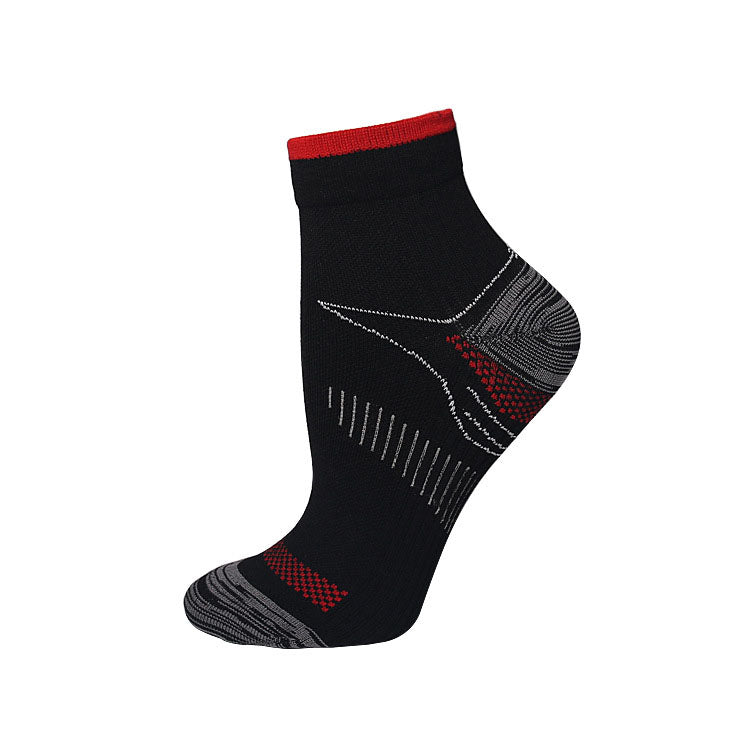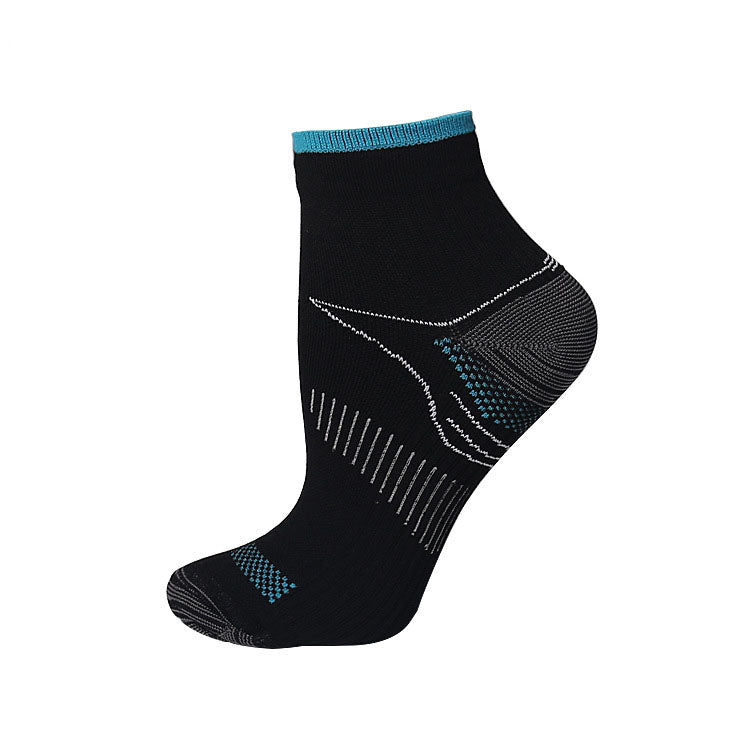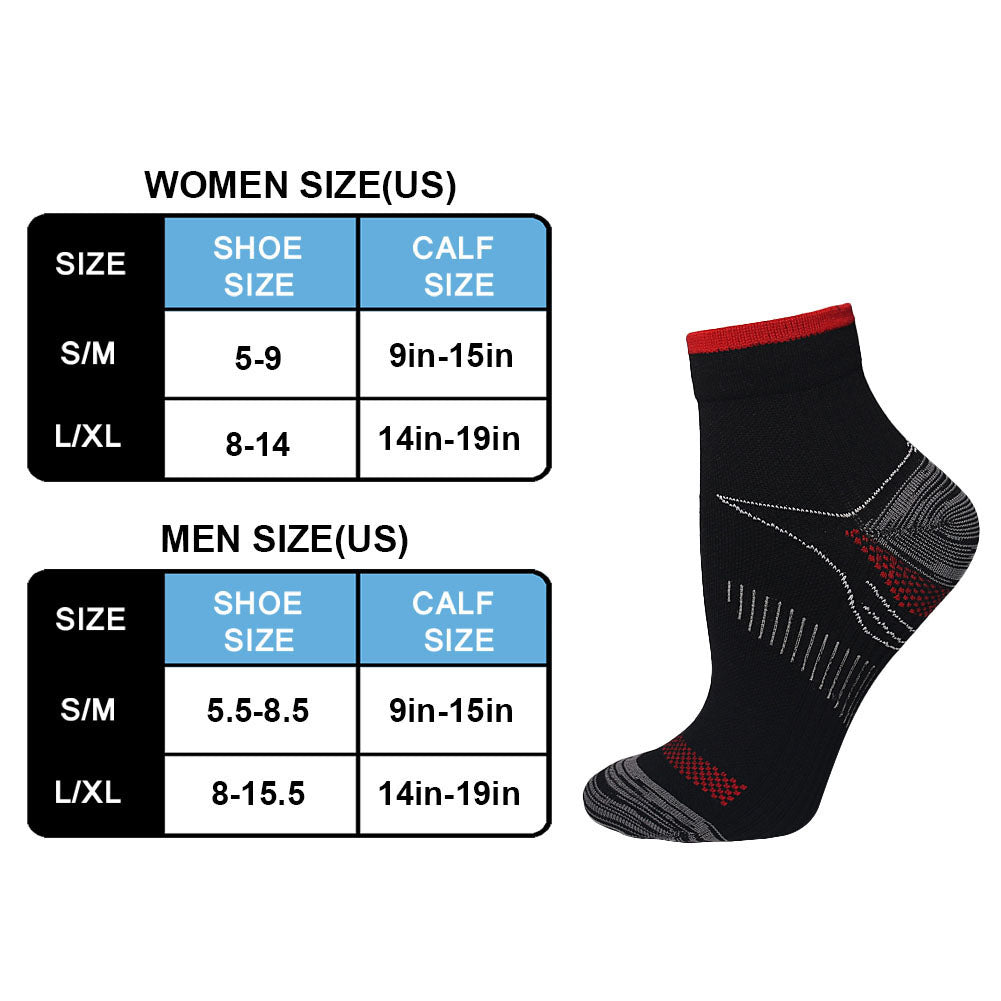Plantar Fasciitis Compression Socks - Advanced Arch & Heel Support
Introducing our Plantar Fasciitis Compression Socks designed with advanced arch and heel support to provide you with the utmost comfort and relief from foot pain. Available in two sizes: S/M and L/XL, and in vibrant colors including RED and BLUE.
Who Needs This Product?
Those who suffer from plantar fasciitis, a common cause of heel pain, can greatly benefit from the use of compression socks. Whether you are an office worker, athlete, or someone with an active lifestyle, these compression socks are suited for:
- Individuals with long hours of standing or sitting
- Fitness enthusiasts seeking enhanced recovery
- People managing chronic foot conditions like plantar fasciitis
- Athletes who want to improve circulation
Why You Need This Product
Compression socks work wonders for improving blood circulation and reducing foot fatigue. They provide a gentle squeezing action on the legs and feet, enhancing the return flow of blood and helping to support the arches of the feet. Their benefits extend beyond mere comfort, offering preventative care for:
- Swelling due to poor circulation
- Foot fatigue after long hours of standing or exercising
- Pain relief associated with conditions like plantar fasciitis and varicose veins
- Reduction in muscle soreness and cramping
How to Determine If You Need This Product
If you find yourself experiencing any of the following symptoms, you may benefit from using our compression socks:
- Persistent heel or arch pain
- Swollen feet or calves after prolonged sitting or standing
- Feelings of heaviness or fatigue in your legs
- Muscle cramps during or after physical activity
Characteristics of the Product
Our compression socks are made from premium materials that offer both durability and breathability. The specific features include:
- Graduated Compression: The socks provide graduated compression, which is tighter at the ankle and gradually lessens towards the calf.
- Arch Support: A built-in arch support helps alleviate discomfort and fatigue associated with plantar fasciitis.
- Moisure-Wicking Fabric: Keep your feet dry and comfortable throughout the day.
- Available Sizes and Colors: Two sizes (S/M, L/XL) and two attractive colors (Red, Blue) to suit your style.
Common Questions About the Use of Compression Socks
If you have any remaining inquiries about how our compression socks can enhance your well-being, consider the following frequently asked questions:
- Do compression socks hurt? Compression socks should not hurt. If they feel uncomfortable, they might not be the right fit. Consult sizing charts or consider trying a different size.
- How long should I wear them? They can typically be worn throughout the day but start with shorter periods, gradually increasing as your comfort level rises.
- Can I wear compression socks while exercising? Absolutely! Many athletes wear compression socks during workouts to improve performance and recovery.
- How do I care for my compression socks? It is recommended to hand wash in cold water and air dry to maintain the elasticity and performance of your socks.
Symptoms That Indicate Suitability for This Product
Many individuals can benefit from compression socks, especially those showing symptoms such as:
- Persistent swelling in feet and ankles
- Discomfort or pain after physical activity
- The sensation of “heavy legs” after prolonged sitting or standing
- Frequent muscle cramps
Frequently Asked Questions About People Who Are Suitable for This Product
Individuals who would greatly benefit from our Copper Fit Compression Socks include:
- Office workers or anyone with a sedentary lifestyle
- Pregnant women looking for comfort
- Athletes in need of support and performance enhancement
- Health care professionals on their feet all day
Characteristics of the Body This Product Can Help Improve
Using compression socks can lead to significant benefits for various bodily characteristics, including:
- Enhanced blood circulation
- Reduced swelling in feet and lower legs
- Improved overall foot health and support
- Decreased muscle fatigue and rapid recovery
In addition to their functional benefits, our socks are stylish and easy to wear under your attire, whether you’re headed to work or exercising. Explore our collection of Men's Compression Socks or our Short Compression Socks for more options that suit your needs. Elevate your comfort, support, and style with our Plantar Fasciitis Compression Socks today!







